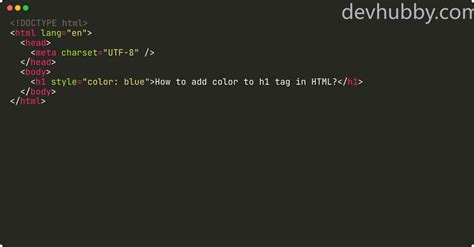Black hair is a beautiful and versatile canvas for a variety of colors and styles. From natural hues to vibrant shades, there are endless possibilities to enhance your look. This comprehensive guide will delve into the intricacies of black hair color, empowering you with the knowledge and inspiration to create your ideal style.

Understanding Black Hair Structure
Black hair is naturally dark and has a high melanin content, which contributes to its strength and resilience. The hair follicles are typically oval-shaped, and the hair shaft has a slightly flattened cuticle layer. These unique characteristics influence the way black hair responds to color treatments.
Coloring Black Hair: Techniques and Shades
Coloring Techniques:
- Demi-permanent Color: Deposits color molecules onto the hair’s cuticle layer, providing semi-permanent results that typically last 6-8 weeks.
- Permanent Color: Penetrates the hair shaft and alters its natural pigment, resulting in permanent color that requires regular touch-ups.
- Bleaching: Removes natural pigment from the hair, allowing for the application of lighter colors. This process can be damaging and should be performed by a professional.
Shades for Black Hair:
- Natural Black (Level 1): Deep, rich black that enhances natural texture and shine.
- Dark Brown (Level 2): Warm, chocolatey brown that adds depth and warmth to black hair.
- Red or Burgundy (Level 4): Bold and striking, these shades add a touch of warmth and vibrancy.
- Copper (Level 5): Rich, reddish-brown that creates a warm and inviting look.
- Blond (Level 7+): Requires bleaching to achieve, blond shades can range from warm honey to cool platinum.
Styling Black Hair with Color
Color can be a powerful tool for styling black hair. Here are some trendy and flattering options:
- Highlights: Add subtle or bold highlights to enhance texture and movement.
- Lowlights: Create depth and dimension by adding darker shades throughout the hair.
- Ombré: Gradually transition from one shade to another, creating a soft and blended look.
- Balayage: A freehand painting technique that results in natural-looking highlights and lowlights.
Caring for Colored Black Hair
Protecting and maintaining the health of colored black hair is crucial. Follow these tips:
- Use Sulfate-Free Shampoo: Avoid harsh shampoos that strip away natural oils.
- Condition Regularly: Deep condition weekly to restore moisture and enhance shine.
- Protect from Heat: Limit heat styling and use heat protectant sprays.
- Get Regular Trims: Trim split ends every 4-6 weeks to prevent breakage.
- Use UV Protection: Protect hair from sun damage with UV-protective products.
Table: Pros and Cons of Black Hair Color
| Pros | Cons |
|---|---|
| Enhances texture and movement | Can be damaging, especially with bleaching |
| Adds depth and dimension | Requires regular touch-ups for permanent colors |
| Makes a bold statement | Some shades may require high maintenance |
| Versatile and customizable | Can be expensive, depending on the technique |
Table: Top Color Trends for Black Hair
| Trend | Description |
|---|---|
| Bronzing | Warm, copper-brown shades that enhance natural texture |
| Caramel Highlights | Subtle highlights that add warmth and movement |
| Mocha Balayage | Blend of coffee and chocolate shades for a rich and dimensional look |
| Ashy Ombre | Gradual transition from black to ash blond for a cool and edgy style |
| Rainbow Roots | Bold and vibrant roots that add a playful touch to any color |
Tips and Tricks
- For a seamless ombré, start with a dark base and gradually transition to lighter shades.
- Use a leave-in conditioner to detangle hair and protect it from heat damage.
- Invest in a quality hair mask to deeply nourish and repair colored hair.
- If you want to avoid demarcation lines between colors, blend them using a color melting technique.
- To prevent over-processing, avoid over-bleaching or using multiple chemical treatments in a short period.
Table: Effective Strategies for Coloring Black Hair
| Strategy | Benefits |
|---|---|
| Test a strand before coloring the entire head | Minimizes the risk of damage or unwanted results |
| Use a high-quality color formula | Ensures vibrant and long-lasting color |
| Follow application instructions carefully | Prevents errors and ensures optimal color absorption |
| Deep condition hair after coloring | Repairs damaged cuticles and restores moisture |
| Protect hair from heat and UV damage | Preserves color and prevents fading |
Conclusion
Embracing the beauty of black hair color is a journey of exploration and self-expression. With the right techniques, shades, and care, you can create a stunning and unique look that empowers you and celebrates your individuality. Remember, there is no one right way to color black hair, so experiment with different options until you find what suits you best.
